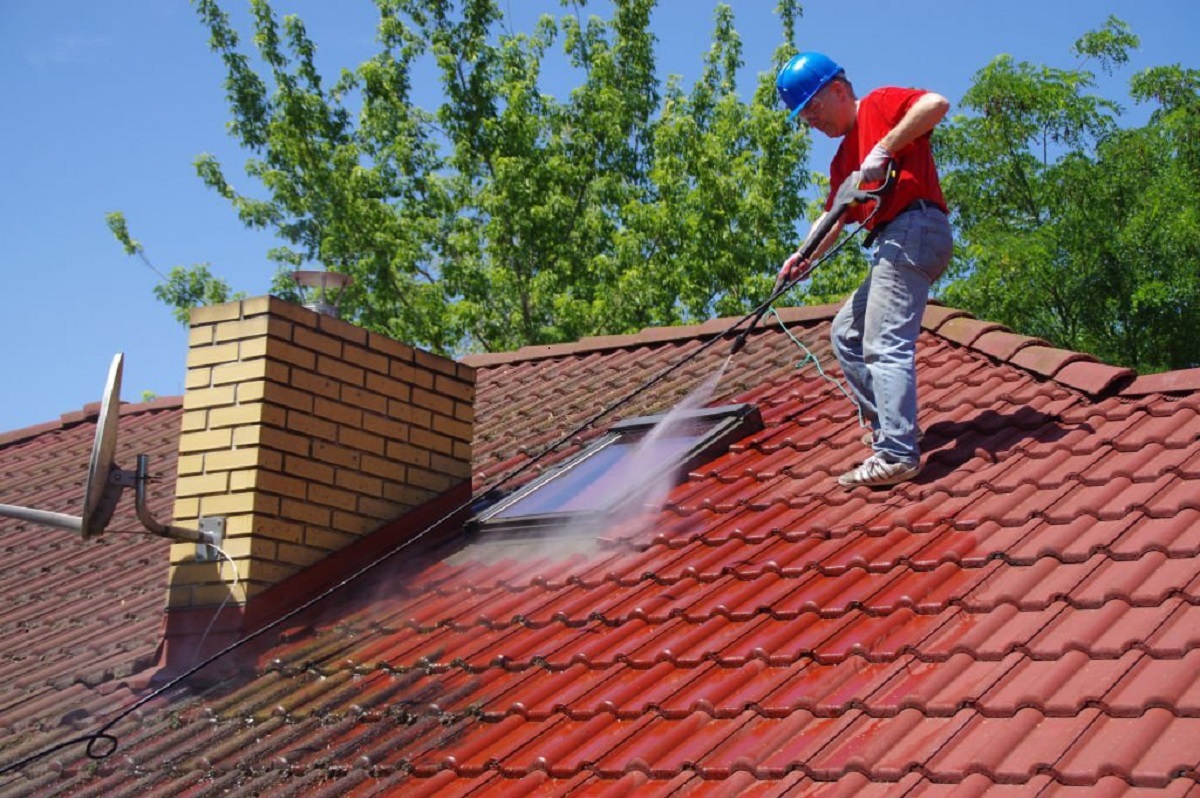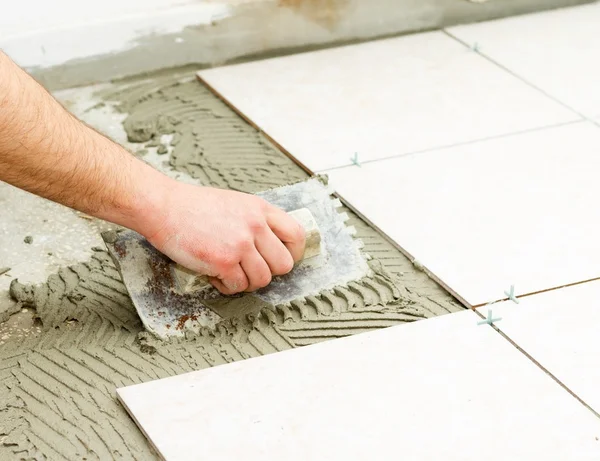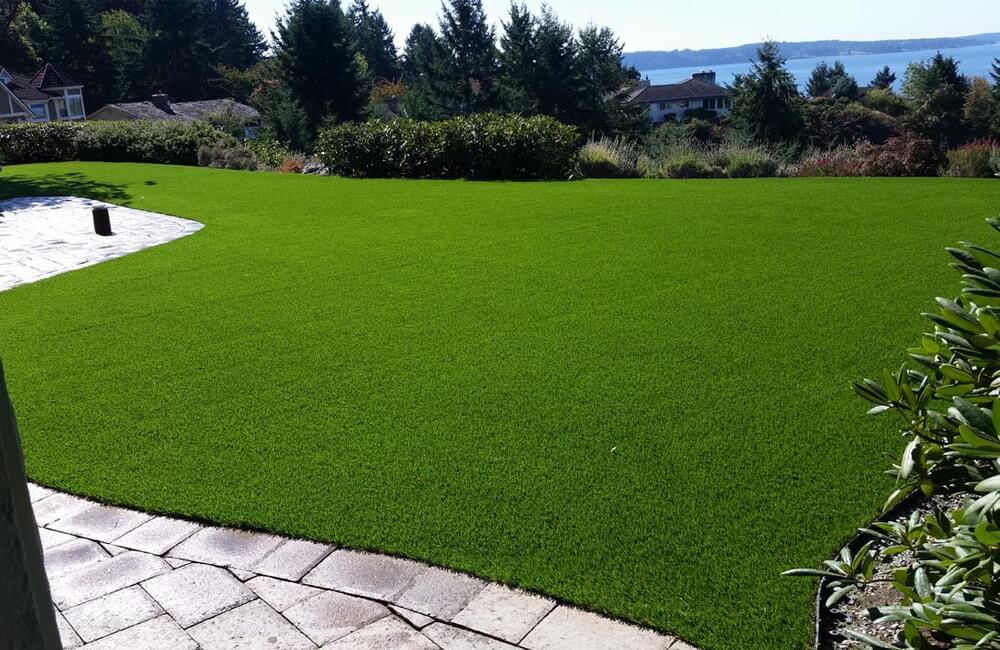A clean and well-maintained roof not only adds to the overall aesthetics of your home but also plays a crucial role in protecting your property from potential damage. Over time, dirt, debris, moss, and algae can accumulate on your roof, leading to a range of issues such as leaks, rot, and even structural damage. This ultimate guide to roof cleaning provides you with the top 7 tips to keep your roof in top shape and prevent costly repairs.
1. Regular Roof Inspection
One of the best ways to ensure your roof stays clean and in good condition is to carry out regular roof inspections. This allows you to identify any potential issues such as damaged shingles, leaks, or areas that require cleaning. Ideally, you should inspect your roof at least twice a year – once in the spring and once in the fall. During your inspection, look out for the following signs:
- Damaged or missing shingles
- Loose or damaged flashing
- Cracked or deteriorating sealant
- Rust on metal components
- Moss, algae, or other organic growth
2. Gutter Cleaning and Maintenance
Your gutters play a vital role in directing water away from your roof and preventing damage. However, they can quickly become clogged with leaves, twigs, and other debris, leading to water pooling on your roof and causing damage. To maintain the effectiveness of your gutters, clean them out at least twice a year, preferably in the spring and fall. Additionally, consider installing gutter guards to reduce the amount of debris that enters your gutters and make maintenance easier.
3. Moss and Algae Removal
Moss and algae can cause significant damage to your roof, as they retain moisture and can lead to rot and other issues. To remove moss and algae, use a soft-bristle brush or broom to gently scrub the affected areas. Avoid using a pressure washer, as this can cause damage to your shingles. Alternatively, you can use a moss and algae removal product specifically designed for roofs. Follow the manufacturer’s instructions and apply the product to the affected areas, allowing it to work for the recommended time before rinsing it off.
4. Pressure Washing
Pressure washing can be an effective method for cleaning your roof, but it’s essential to use the correct technique and pressure settings to avoid causing damage. If you decide to use a pressure washer, follow these tips:
- Use a low-pressure setting (no more than 1,000 PSI)
- Use a wide-angle nozzle to distribute the water evenly
- Keep the nozzle at least 12 inches away from the roof surface
- Start at the top of the roof and work your way down, moving in a side-to-side motion
- Avoid spraying water directly at the edges or seams of your shingles, as this can cause damage
5. Soft Washing
Soft washing is a gentler alternative to pressure washing and involves using a low-pressure water stream combined with a cleaning solution to remove dirt, debris, and organic growth from your roof. This method is particularly suitable for roofs made from materials that are susceptible to damage from high-pressure water, such as asphalt shingles or wood shakes. To soft wash your roof, follow these steps:
- Mix a cleaning solution made up of water, bleach, and a detergent specifically designed for roof cleaning
- Apply the solution to your roof using a low-pressure sprayer, starting at the top and working your way down
- Allow the solution to sit on your roof for 15-20 minutes, but do not let it dry
- Rinse the solution off your roof using a low-pressure water stream

6. DIY Roof Cleaning Safety Tips
If you decide to clean your roof yourself, it’s essential to prioritize safety. Follow these tips to ensure you stay safe while cleaning your roof:
- Use a sturdy ladder with a stabilizer bar to prevent slipping
- Wear non-slip shoes or boots with good traction
- Wear gloves and safety goggles to protect your hands and eyes from debris and chemicals
- Use a safety harness and rope to secure yourself while working on the roof
- Avoid working on your roof in wet or windy conditions
7. Hiring a Professional Roof Cleaning Service
If you’re not comfortable cleaning your roof yourself or if your roof requires more extensive cleaning or repairs, consider hiring a professional roof cleaning service. These professionals have the experience, equipment, and knowledge to clean your roof safely and effectively. When choosing a roof cleaning service, look for a company that:
- Is licensed and insured
- Offers a warranty or guarantee on their work
- Has positive reviews and testimonials from previous customers
- Provides a detailed estimate and timeline for the work
Conclusion
Regular roof cleaning and maintenance are essential for keeping your home looking great and preventing costly repairs. By following these top 7 tips, you can ensure your roof stays clean and in good condition for years to come. Whether you choose to tackle the job yourself or hire a professional roof cleaning service, taking the time to care for your roof will pay off in the long run.




